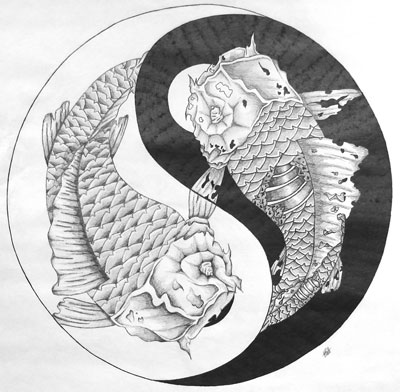All Nonfiction
- Bullying
- Books
- Academic
- Author Interviews
- Celebrity interviews
- College Articles
- College Essays
- Educator of the Year
- Heroes
- Interviews
- Memoir
- Personal Experience
- Sports
- Travel & Culture
All Opinions
- Bullying
- Current Events / Politics
- Discrimination
- Drugs / Alcohol / Smoking
- Entertainment / Celebrities
- Environment
- Love / Relationships
- Movies / Music / TV
- Pop Culture / Trends
- School / College
- Social Issues / Civics
- Spirituality / Religion
- Sports / Hobbies
All Hot Topics
- Bullying
- Community Service
- Environment
- Health
- Letters to the Editor
- Pride & Prejudice
- What Matters
- Back
Summer Guide
- Program Links
- Program Reviews
- Back
College Guide
- College Links
- College Reviews
- College Essays
- College Articles
- Back
The Sun and Her Flowers by by Rupi Kaur MAG
There is no denying that Rupi Kaur has a brilliant and unique poetic voice. Her poems, without punctuation and completed with minimalist drawings, are powerful. Her debut, Milk and Honey, is one of the bestselling books of the past few years, and has gained praise from around the globe. However, her second book, The Sun and Her Flowers, fails to enrapture the audience in the same way and only echoes the strong, cohesive sound of her first collection.
The Sun and Her Flowers is split into five sections: wilting, falling, rooting, rising, and blooming. They’re supposed to tell the story of Kaur’s life, but it’s unclear which
is supposed to resonate the loudest. She zigzags from topic to topic – from sexual assault, to breakups, to immigration, to newfound love. Several of these themes appeared in Milk and Honey, which tells of Kaur’s journey as she has her heart broken, learns to love herself, and finally finds someone who is good for her. The same exact things happen in The Sun and Her Flowers, with the exception of the section called rooting.
Rooting deals with harrowing, gut-wrenching tales of immigration, from events in the news to Kaur’s experience with her own parents. “This boat is not strong enough to carry this much sorrow to a shore,” Kaur wrote. “What does it matter … if drowning is easier than staying.” But the problem with this section is that despite its candor and eloquence, it sticks out jarringly from the rest of the book, which deals with Kaur’s love life, childhood, and body confidence.
Thankfully, Kaur’s illustrations – a heart crafted of blooming flowers, two people intertwined, lily pads, women shattering a glass ceiling – are stunning and provocative despite their lack of color and intricate details. The cover, which is surprisingly colorful, draws people to the book with its
simplicity.
It is Kaur’s simplicity, her ability to say so much in a few lines of lowercase poetry, that makes her a great poet. The Sun and Her Flowers, even with its flaws, has a strong, feminist outlook on the world that makes readers wonder not just about their own lives, but the lives of those around them. There is still hope for Kaur’s work to expand beyond the work of Milk and Honey, although The Sun and Her Flowers is not the book to do so.

Similar Articles
JOIN THE DISCUSSION
This article has 0 comments.
